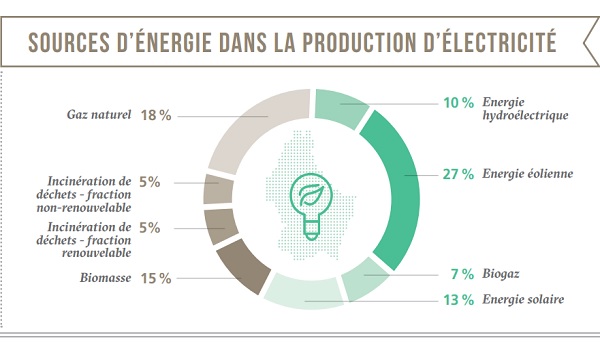 Credit: ILR
Credit: ILR
The energy department of the Luxembourg Institute for Regulation (ILR) has published key figures for the electricity and natural gas markets for the year 2019.
In its report, the ILR noted that the production of electricity from renewable energy sources continued to increase, reaching 802 GWh in 2019 (compared to 688 GWh in 2018). This figure corresponds to 77% of electricity production in Luxembourg. Total electricity production covers almost 16% of national consumption, with the remaining being mostly imported from Germany.
Despite reaching the milestone of 1,000 electricity supplier changes in 2019, the rate of supplier changes remained low. In this context, the ILR is launching a call to consumers to compare offers on the market, particularly through its online comparison tool www.calculix.lu. The rate of change in the natural gas market was also on the rise. This can be explained particularly by the entry on the market in 2019 of a new supplier for both residential and industrial customers.
The ILR also observed that self-consumption, ie the production of electricity for own consumption, is rarely practised in Luxembourg. Many small producers, including residential customers, are not aware that they can use their own photovoltaic production to cover their household consumption and only inject the surplus into the distribution network. Since 1 January 2020, the elimination of charges and fees for self-consumed electricity has made self-consumption more affordable regarding new solar installations.
In addition, the deployment of the smart metering system allows consumers to take advantage of more flexible and dynamic supply offers, consult their consumption remotely, find out about their actual consumption and better control its energy consumption and save money by consuming when energy is abundant and cheaper, for example. While smart electricity meters are installed in almost every household, the ILR found that new smart meter-based services were long overdue; the daily communication of quarter-hourly metering data from the network manager to the supplier is not yet ensured on a large scale. Many consumers thus have difficulty accessing their actual consumption data and the supplier is unable to develop new flexible and dynamic offers.








